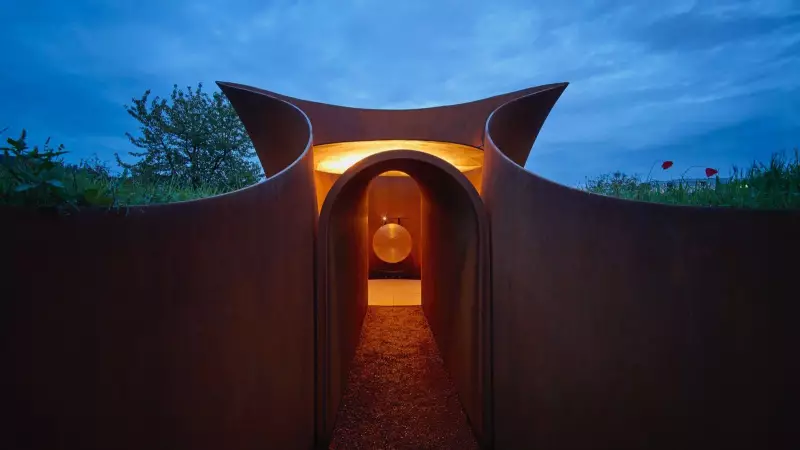
In a groundbreaking achievement for Indian architecture, the country has marked its first-ever presence at the prestigious Vitra Campus in Germany – a hallowed ground that hosts creations from the world's most celebrated architects.
A New Chapter in Global Architecture
The Vitra Campus in Weil am Rhein, Germany, often described as an architectural pilgrimage site, has welcomed its first Indian-designed structure. This monumental achievement places Indian architectural talent alongside legendary names like Zaha Hadid, Frank Gehry, and Tadao Ando, who have all contributed to this iconic location.
The Vision Behind the Design
This historic project represents more than just a building – it's a testament to India's growing influence in global design circles. The structure seamlessly blends contemporary architectural principles with subtle Indian design sensibilities, creating a unique dialogue between Eastern and Western architectural traditions.
What makes this achievement particularly significant:
- First Indian architectural design selected for Vitra Campus
- Places Indian architects on the global stage
- Showcases India's design capabilities to international audience
- Creates new opportunities for cross-cultural architectural exchange
Why Vitra Campus Matters
The Vitra Campus isn't just another corporate complex – it's a living museum of architectural excellence. Each building tells a story of innovation and design philosophy. The inclusion of an Indian-designed structure signifies global recognition of India's architectural maturity and creative potential.
This milestone comes at a time when Indian design is gaining international attention across various creative fields, from fashion to industrial design. The architectural world is now taking notice of India's unique design language and its ability to contribute meaningfully to global conversations about space, form, and function.
The Future of Indian Architecture
This historic inclusion at Vitra Campus opens new doors for Indian architects and designers. It demonstrates that Indian design thinking can hold its own on the world stage and paves the way for more international collaborations and recognition.
The building not only serves as a functional space but also as an ambassador of Indian design philosophy – proving that architectural excellence knows no geographical boundaries when creativity and innovation lead the way.





